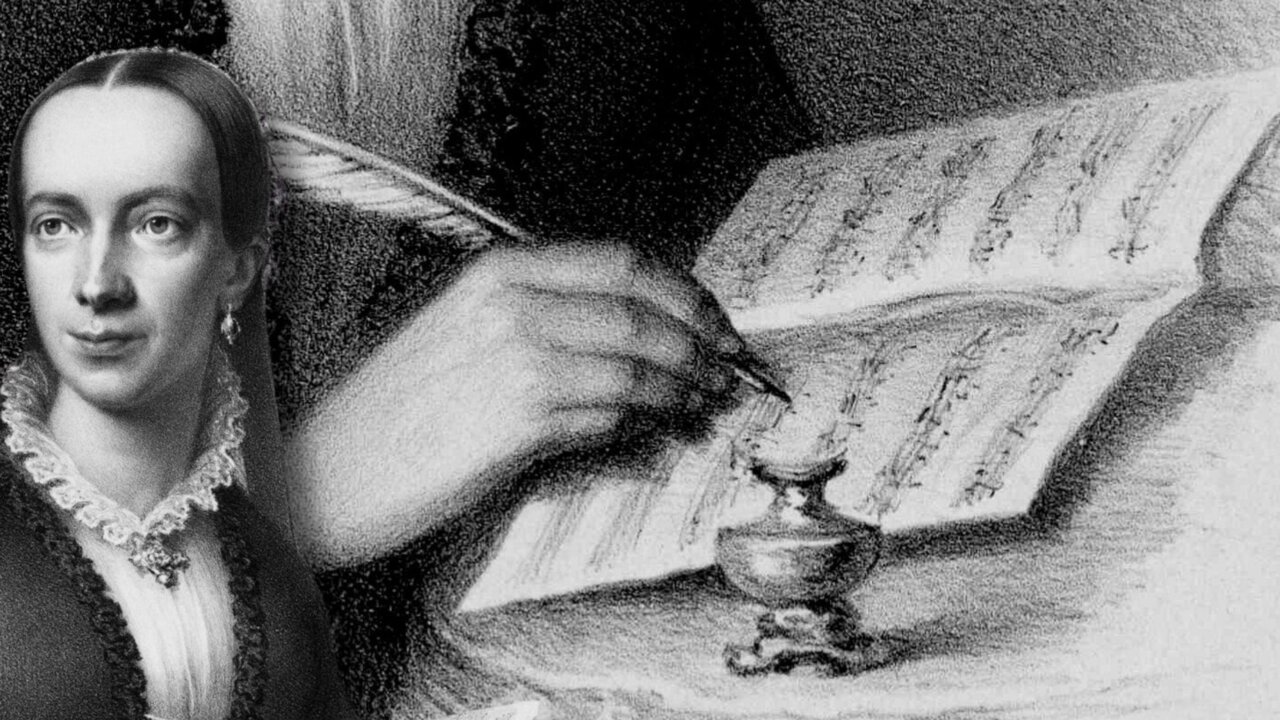
A FESTIVAL FOR EMILIE MAYER
With the Akademie für Alte Musik Berlin
The title of a recently published biography hails her as “Europe’s greatest female composer”: Emilie Mayer (1812–1883) made her home in Berlin for many years and had her works performed at the Schauspielhaus on Gendarmenmarkt, just a few hundred meters from the Pierre Boulez Saal—yet fell into oblivion shortly after her death. While her songs and chamber music have been performed more frequently over the last few years, the rediscovery of her symphonic works is only just beginning. The Akademie für Alte Musik Berlin now presents a survey of her music unprecedented in scope: all of Mayer’s surviving orchestral works, newly transcribed from the composer’s manuscripts, will be heard over the course of three concerts.
THE CONCERTS
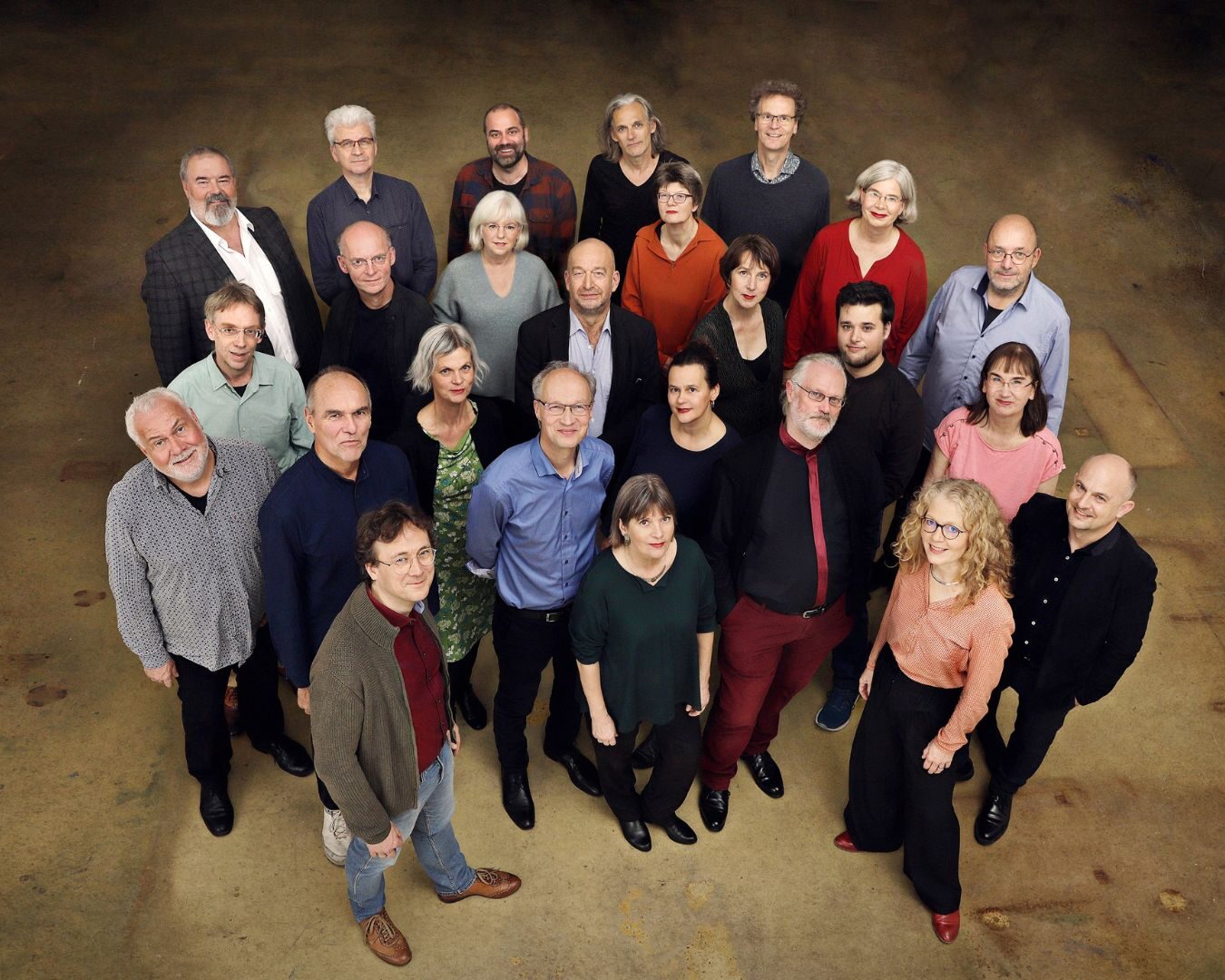
Fri, October 24, 2025 7:30 pm
AKADEMIE FÜR ALTE MUSIK BERLIN & BERNHARD FORCK
Overture in D minor
Symphony No. 1 in C minor
Overture in C major
Symphony No. 2 in E minor
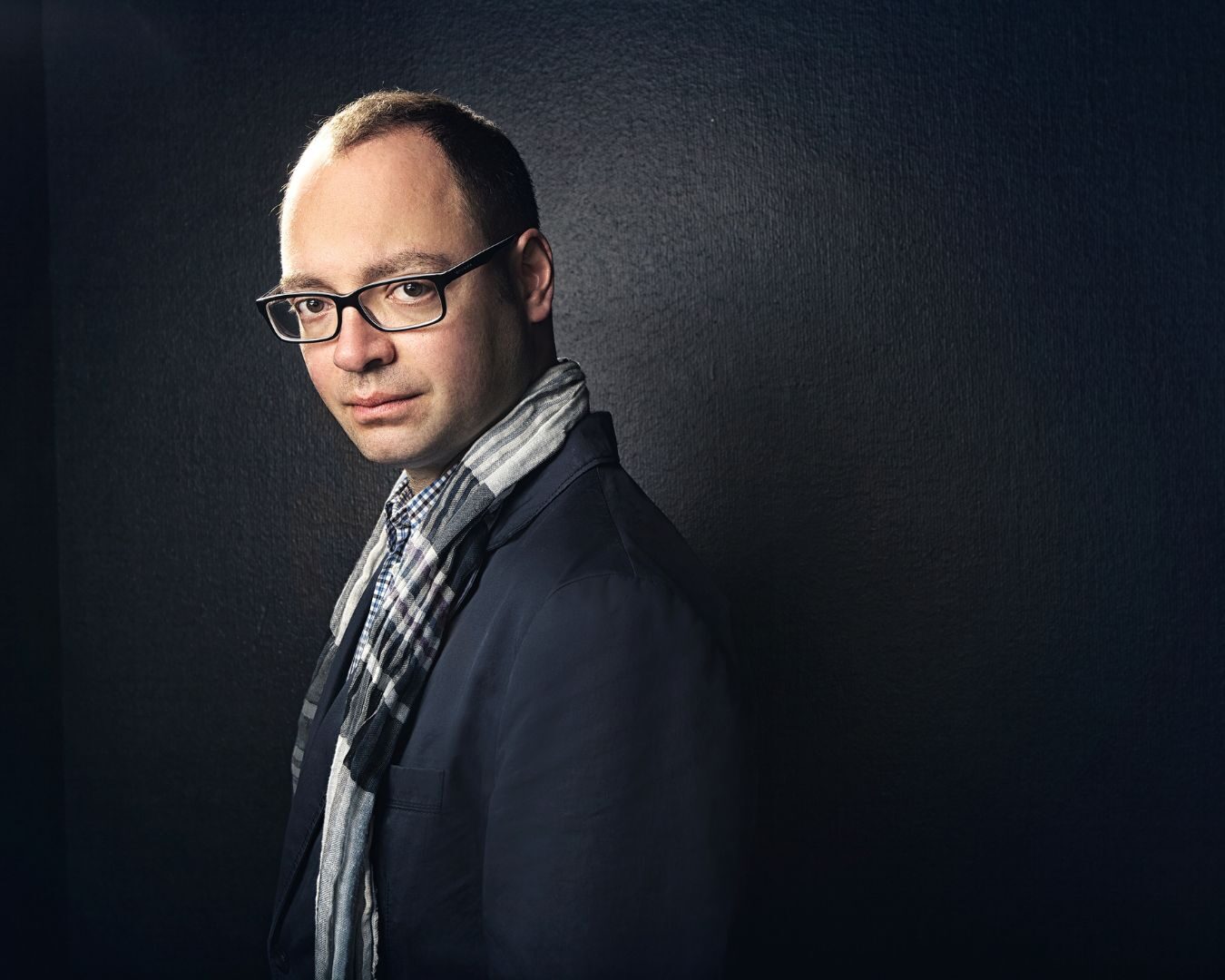
Tue, October 28, 2025 7:30 pm
AKADEMIE FÜR ALTE MUSIK BERLIN, BERNHARD FORCK & ALEXANDER MELNIKOV
Overture in D major
Concerto for Piano and Orchestra in B-flat major
Symphony No. 3 in C major "Militaire"
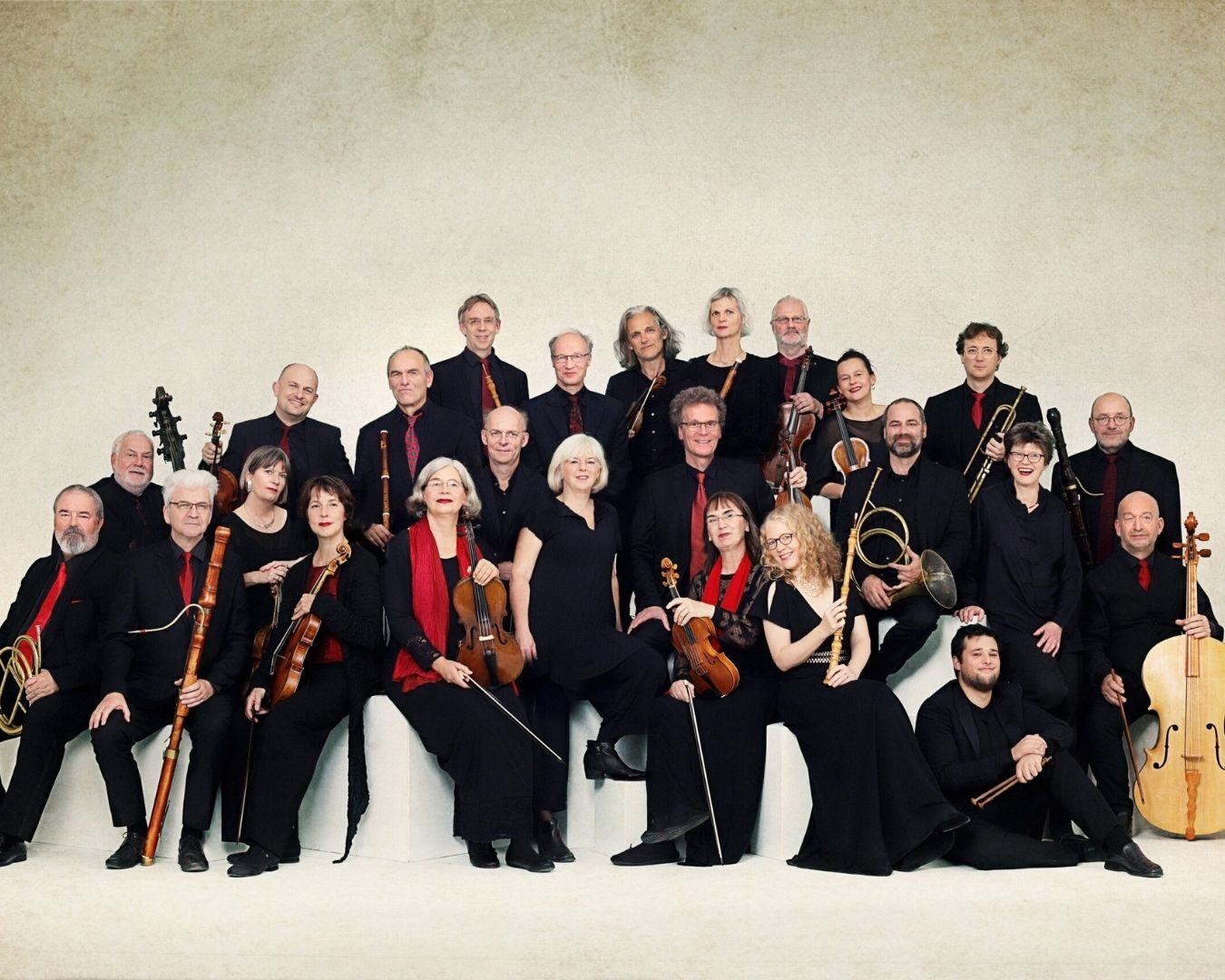
Sat, November 1, 2025 7:30 pm
AKADEMIE FÜR ALTE MUSIK BERLIN & BERNHARD FORCK
Faust Overture Op. 46
Symphony No. 6 in E major
Symphony No. 7 in F minor
* The concerts will be broadcast on November 11 and 30, 2025, and January 7, 2026, at 8 pm, respectively, on Deutschlandfunk Kultur.
BEHIND THE SCENES
During rehearsals for the Emilie Mayer Festival, we spoke with Bernhard Forck, concertmaster of the Akademie für Alte Musik Berlin, about rediscovering the composer, her extraordinary personality, the revolutionary era she lived through, and her works, which will be heard at the Pierre Boulez Saal.
Click on "CC" for English subtitles.
WHO WAS EMILIE MAYER?
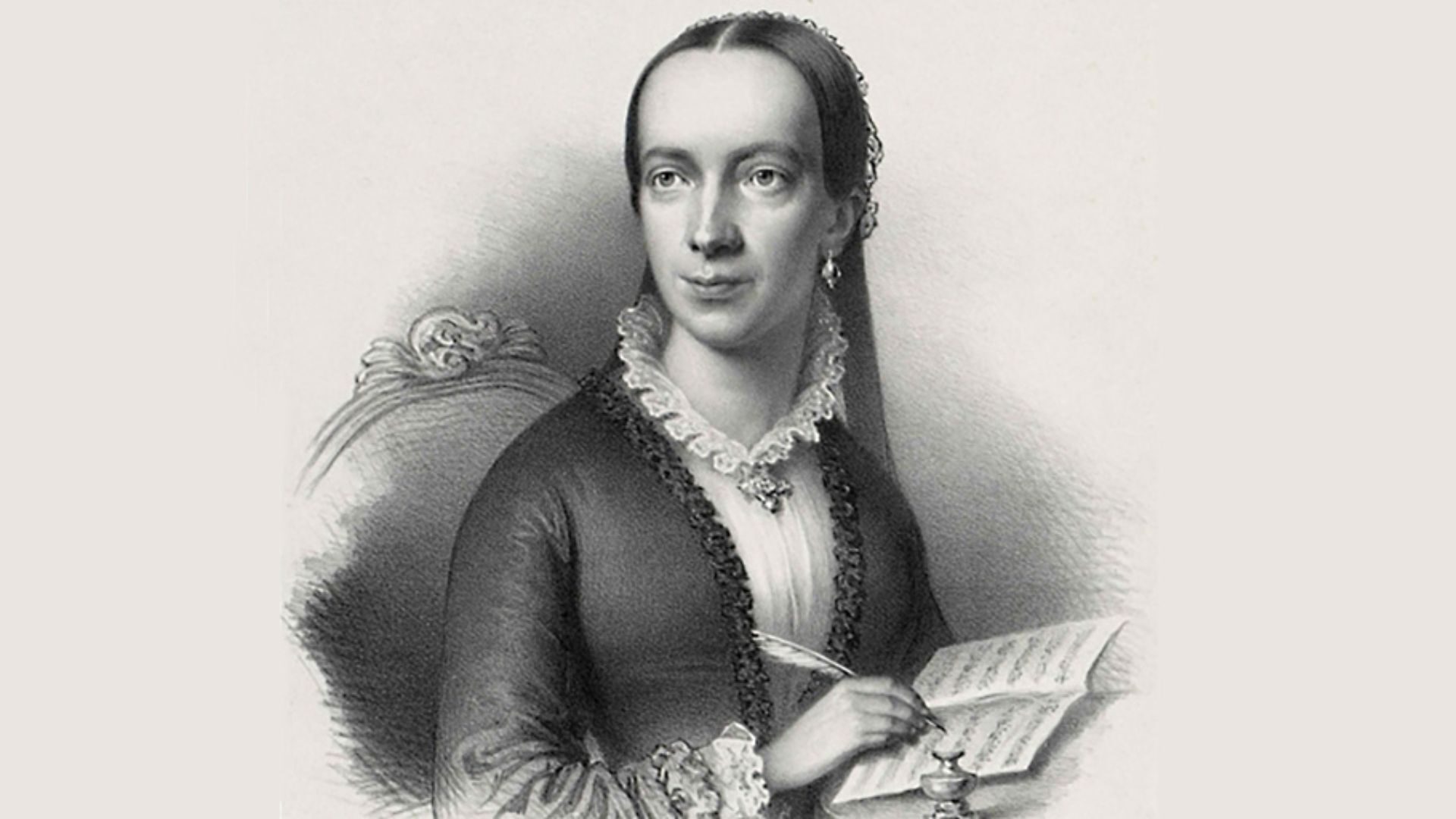
Emilie Mayer, undated lithograph (© Austrian National Library)
A Trailblazing 19th-Century Composer
Emilie Mayer (1812–1883) was one of the few women in 19th-century Germany to make composing her full-time profession. At a time when women were largely excluded from public life, she chose a musical career—and never married, dedicating her life entirely to her art.

Emilie Mayer’s birthplace Friedland in Mecklenburg around 1900. (© Creative Commons)
A Pharmacist’s Daughter Becomes a Symphonist
Born in Friedland, Mecklenburg, the daughter of a pharmacist, Mayer trained with the local organist and showed a striking determination from an early age. By the time she moved to Stettin (now Szczecin) to study with composer Carl Loewe, who would become one of her most fervent supporters, she had already written numerous works. There, Mayer turned her hand to large-scale orchestral pieces—a daring pursuit almost unheard of for a woman of her time.

Berlin in 1846 (© Zentral- und Landesbibliothek Berlin)
To the Big City
Mayer relocated to Berlin in the wake of the 1848 revolution, confidently entering herself in the city’s official address book as “Componistin” (composer). She organized and bankrolled performances of her own works at the Königliches Schauspielhaus (today’s Konzerthaus) on Gendarmenmarkt, just a few blocks from her apartment on Markgrafenstrasse. Her music was reviewed favorably and Mayer gained recognition: even the Royal couple attended one of her performances.

The Gendarmenmarkt in Berlin with the Royal Schauspielhaus (center), c. 1856–8 (© Stadtmuseum München)
A Skilled Networker
Emilie Mayer successfully established herself in the musical world of Berlin and beyond, corresponding with publishers and concert promoters to advertise her works. Among her collaborators in Berlin was the military kapellmeister Wilhelm Wieprecht, who performed her Symphony No. 3 “Militair” (featuring piccolo, triangle, and bass drum) with his orchestra—the first of Mayer’s symphonies to be heard in Berlin. In addition to music, Emilie Mayer was also active as a visual artist: she created impressive sculptures from bread dough, which she gifted to influential aristocrats—thus making a name for herself in aristocratic circles.

Emilie Mayer’s manuscript score of her Symphony No. 2 in E minor (© Berlin State Library)
A Unique Musical Voice Rediscovered
Although Mayer fell into obscurity after her death, her music has been rediscovered and performed again in recent years. She is sometimes referred to as the “female Beethoven”—a misleading label: although her works were strongly influenced by the Viennese Classical tradition, she was equally inspired by Carl Maria von Weber, Felix Mendelssohn, and Gioachino Rossini and developed a musical language that is unmistakably her own. For this concert series at the Pierre Boulez Saal (and a subsequent recording), the Akademie für Alte Musik Berlin has prepared new editions of her surviving symphonic works from her manuscripts held in the Staatsbibliothek Berlin, bringing a unique musical voice back to life.
With support from LOTTO-Stiftung Berlin and the Freunde und Förderer der Akademie für Alte Musik Berlin.
 |
 |